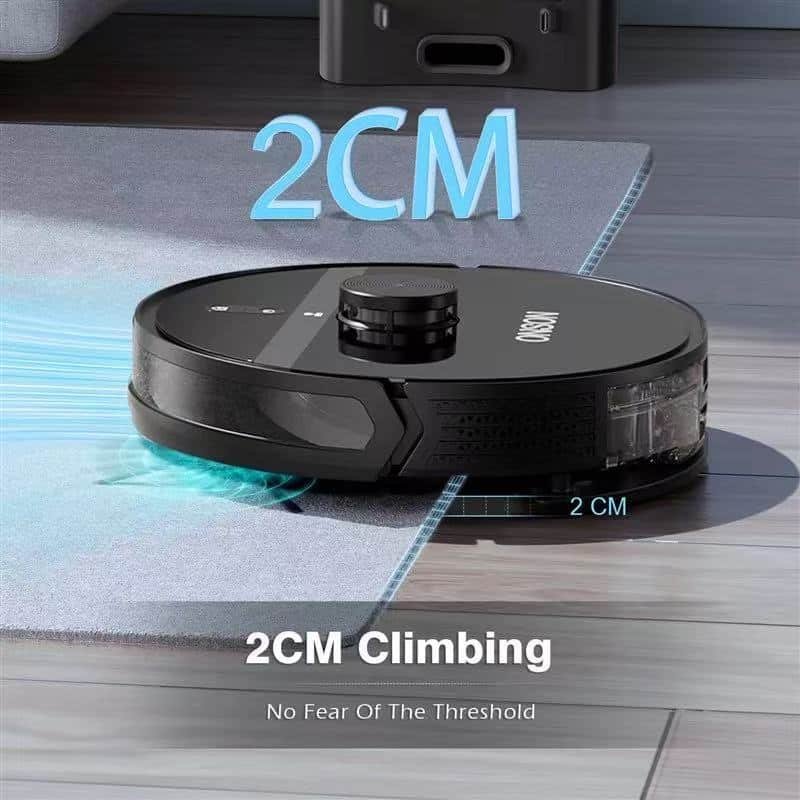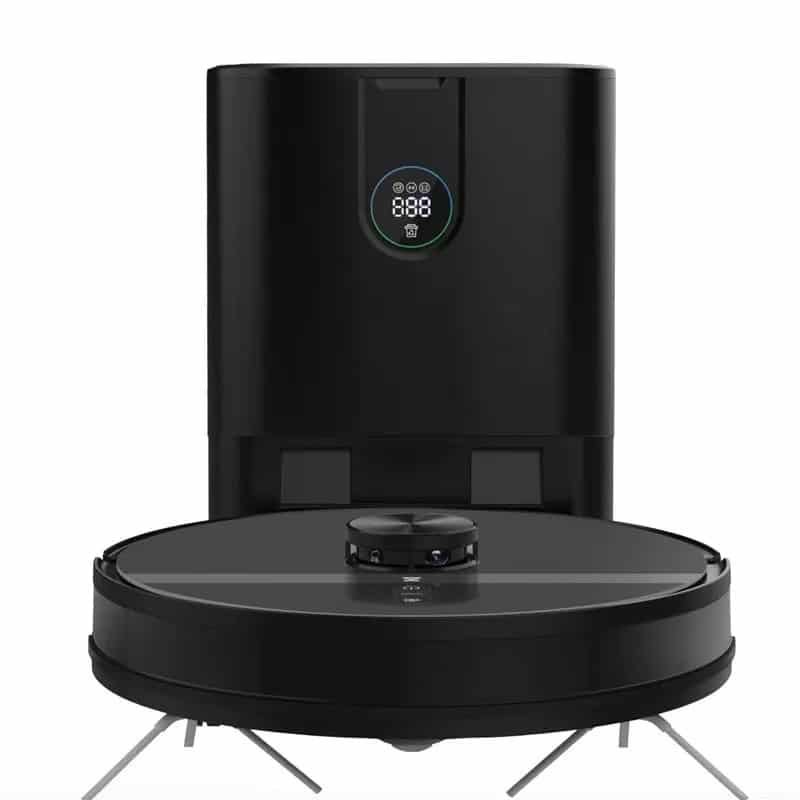In today’s fast-paced world, achieving a consistently clean home has transformed from a time-consuming chore into an automated process thanks to technological advancements. The emergence of smart cleaning devices has redefined our approach to household maintenance, with the robot vacuum standing at the forefront of this revolution. This comprehensive analysis explores exactly how to clean effectively using intelligent automation, examining the mechanisms that make these devices indispensable for modern households.
Understanding Effective Cleaning Fundamentals
Before examining automated solutions, we must understand what constitutes truly effective cleaning. Traditional methods often redistribute dust and allergens rather than eliminating them, while improper technique leaves hidden contaminants in hard-to-reach areas. Effective cleaning requires three key elements: proper removal of contaminants from surfaces, prevention of particle redistribution, and consistent maintenance between deep cleaning sessions.
The modern robot vacuum addresses these fundamentals through systematic, scheduled cleaning that maintains surface hygiene daily, preventing dirt accumulation before it becomes visible. Unlike occasional manual cleaning that creates cycles of cleanliness and contamination, automated systems maintain consistent cleanliness levels that fundamentally improve living environments.

The Technology Behind Modern Robot Vacuums
Today’s sophisticated robot vacuum represents a dramatic evolution from early random-path models. Understanding their operational technology reveals why they achieve superior cleaning results compared to manual methods.
Advanced Navigation Systems form the foundation of effective automated cleaning. Through a combination of LiDAR, camera-based recognition, and sensor arrays, modern units create precise home maps, remember furniture placement, and calculate the most efficient cleaning paths. This systematic coverage ensures no areas are missed—a common failure point in human cleaning patterns.
The suction power technology in premium models has reached astonishing levels, with some units generating up to 30,000 Pa of suction force—sufficient to extract deeply embedded debris from carpets and crevices that traditional vacuums might miss. This raw power, directed intelligently across surfaces, delivers a fundamentally cleaner result.
Multi-surface adaptation allows these devices to automatically adjust their cleaning method based on surface type. When transitioning from hard floors to carpets, advanced models increase suction power while simultaneously adjusting brush height to achieve optimal debris removal without damaging either surface.
Core Cleaning Technologies: Beyond Basic Vacuuming
The most significant development in recent years is the integration of mopping systems that transform single-function devices into comprehensive cleaning tools. The best robot vacuums now incorporate:
- Oscillating mopping systems that scrub floors at high frequency (up to 3,000 scrubs per minute in premium models) to dissolve stubborn stains
- Automatic water adjustment that regulates moisture based on surface type and cleaning mode
- Self-cleaning stations that automatically wash, dry, and refill mopping pads between sessions
This combination of dry and wet cleaning in a single automated system represents the pinnacle of how to clean effectively with minimal human intervention.
Automated Maintenance: The Self-Sufficient Cleaning Ecosystem
The true revolution in automated cleaning lies not just in the cleaning process itself, but in the maintenance automation that makes these systems truly hands-free. The latest docking stations provide:
- Automatic dust disposal that empties the dustbin after each cleaning session into a larger sealed container
- Automatic mopping pad washing using hot water to dissolve sticky residues
- Automatic charging that ensures devices are always ready for their next scheduled cleaning
- Automatic parts replacement in some advanced models that can switch between different cleaning modules
This comprehensive automation transforms cleaning from a recurring task into a managed system that operates independently.

Strategic Implementation for Maximum Effectiveness
Understanding how to clean effectively with automation requires strategic implementation. The most successful approaches include:
Scheduled Cleaning Optimization: Rather than running single extended sessions, the most effective approach involves shorter, more frequent cleanings that prevent dirt accumulation. Programming your robot vacuum for daily quick cleanings with longer sessions twice weekly maintains consistently cleaner surfaces.
Zone-Specific Cleaning Settings: Modern applications allow different suction and mopping settings for specific rooms. Using maximum power in high-traffic areas while applying gentler settings in bedrooms creates customized cleaning patterns that optimize both effectiveness and efficiency.
Obstacle Recognition Refinement: Early models struggled with cords, shoes, and other floor clutter. The latest robot vacuum units feature improved AI recognition that identifies and navigates around these obstacles while flagging them for removal to improve future cleaning efficiency.
Comparative Effectiveness: Robot Vacuums vs. Traditional Methods
When evaluating how to clean effectively, objective comparison reveals significant advantages for automated systems:
- Consistency: While human cleaning quality varies based on time, energy, and attention to detail, automated systems deliver identical thoroughness every session
- Frequency: Manual vacuuming typically occurs weekly at most, while robot vacuum systems can clean daily without additional time investment
- Allergen Control: Continuous operation prevents allergen buildup, significantly improving air quality compared to intermittent manual cleaning
- Time Efficiency: The average person spends 1-2 hours weekly vacuuming—time that automated systems reclaim for more valuable activities

Future Developments in Automated Cleaning Technology
The evolution of how to clean effectively continues with several emerging technologies:
- AI-powered dirt identification that focuses cleaning efforts on soiled areas while skipping clean zones
- Self-maintaining systems that can perform basic repairs and part replacements without human intervention
- Integrated home ecosystems where cleaning devices communicate with other smart home systems to optimize whole-home maintenance
- Advanced sterilization incorporating UV-C light and antimicrobial treatments to eliminate pathogens during cleaning
Implementing Effective Automated Cleaning Today
For those seeking to implement the most effective cleaning system currently available, the optimal approach involves:
- Selecting a robot vacuum with both powerful suction and advanced mopping capabilities
- Ensuring the device includes intelligent mapping with room-specific customization
- Choosing models with self-emptying stations for true hands-free operation
- Positioning the docking station in an accessible location with proper clearance
- Establishing a cleaning schedule that aligns with household activity patterns
The modern robot vacuum represents not merely a convenience gadget but a fundamental reimagining of home hygiene maintenance. By automating the repetitive task of floor cleaning, these devices deliver consistently superior results while freeing homeowners to focus on more rewarding activities. Understanding and implementing these systems represents the current pinnacle of how to clean effectively in the modern home.
As technology continues to advance, the gap between automated and manual cleaning effectiveness will only widen, making now the ideal time to embrace this revolution in home maintenance. For European and American households seeking optimal cleanliness with minimal effort, the advanced robot vacuum stands as the definitive solution for truly effective cleaning.开启新对话


